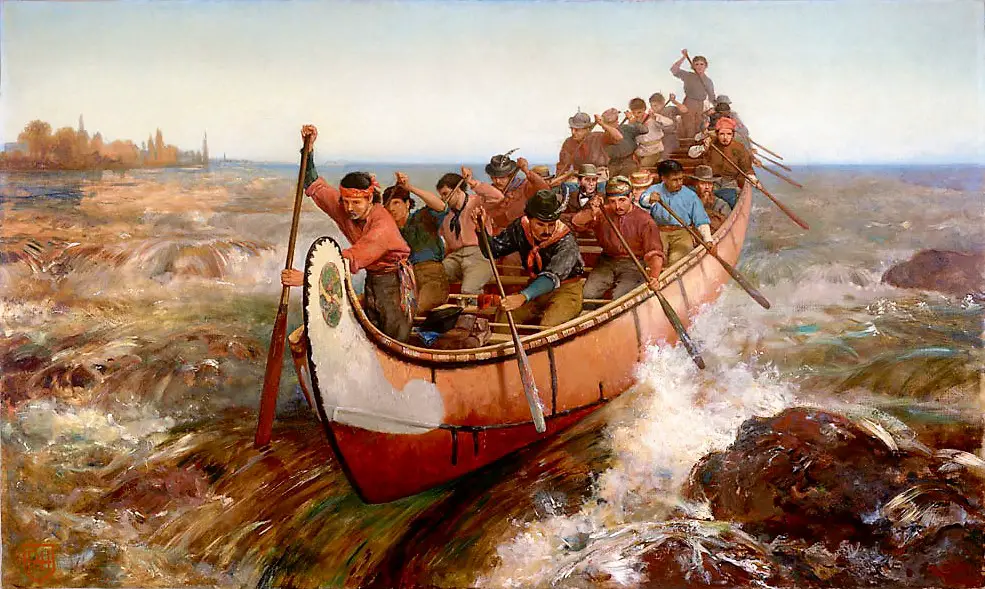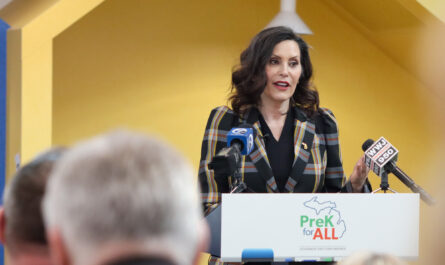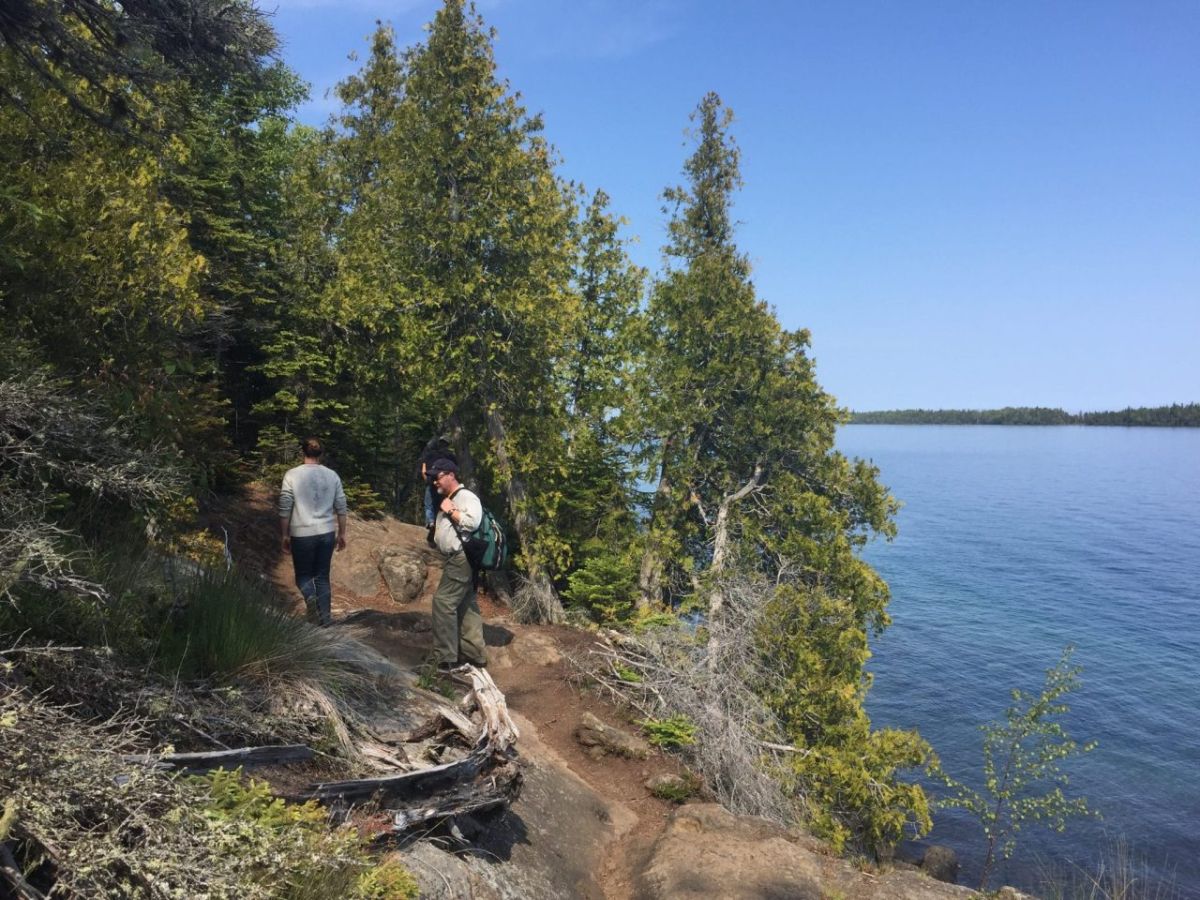Michigan’s language heritage is diverse and rich, reflecting the state’s history of immigrants and their cultural influencers. Polish, Scandinavian, German, and Arab emigrants, among others, have settled in the state and made meaningful cultural, social, and economic contributions. Their languages, traditions, and heritage are still prominent in communities across the state. Michigan has a long-standing Native American history, with various tribes occupying the region for many years before European settlement. French explorers, including Samuel de Champlain and Étienne Brulé, were among the earliest Europeans to explore the Great Lakes region, including Michigan.
Featured Image – shooting the Rapids – Frances Anne Hopkins , Public domain, via Wikimedia Commons
An Overview Of Michigan’s Heritage And History
- Immigrant Contributions: Michigan has been shaped by the contributions of diverse immigrant groups.
- Industrialization and Development: In the 19th century, Michigan saw rapid automation and growth.
- The Great Lakes and Waterways: Michigan’s landscape and environmental culture, as well as its closeness to the Great Lakes, have played a substantial role in its history and development.
- Civil Rights and Social Movements: Michigan has been a site of significant civil rights and social activities.
- Natural Beauty and Conservation: Michigan is well-known for its natural beauty, including the Great Lakes, vast forests, and picturesque landscapes.
- Cultural and Artistic Contributions: Michigan has a lively cultural scene with a powerful tradition of arts, music, and literature.
Michigan’s Language Heritage
English
English is the main language spoken in Michigan, serving as the official language of the state. It is widely used in business, education, and daily life. The best translation services online are sought out by those living in this multicultural city for all translation, localization, and transcribing assignments. Due to the state’s diverse inhabitants, English dialects vary across diverse regions.
Native American Languages
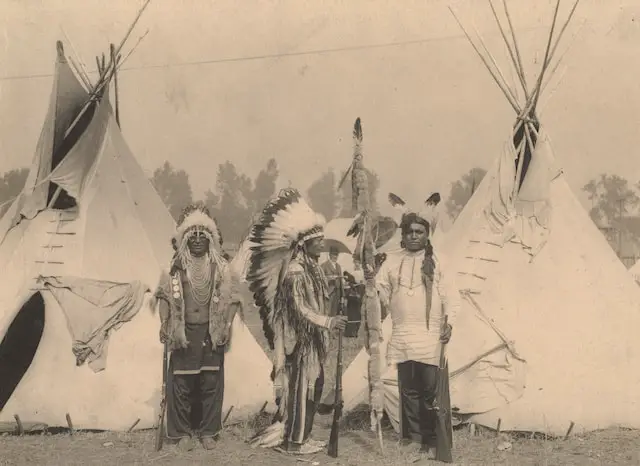
Before European colonization, Michigan was occupied by various Native American tribes, including the Ojibwe, Odawa, Potawatomi, and more. These tribes had their own distinct tongues, which are a part of the Algonquian language family. While the use of Native American languages has dwindled over the years, measures are being taken to conserve and restore these languages through revitalization programs.
French

George Caleb Bingham , CC0, via Wikimedia Commons
Michigan has an influential French language history due to its past as a French colonial territory. French adventurers and settlers, including those from New France (present-day Canada), founded fur trading posts and colonies in Michigan during the 17th and 18th centuries. French place names are still prevalent in Michigan, particularly in locations near the Great Lakes and the Detroit area. Those who practice French regularly can find native French speakers in the state to help them learn with ease.
German
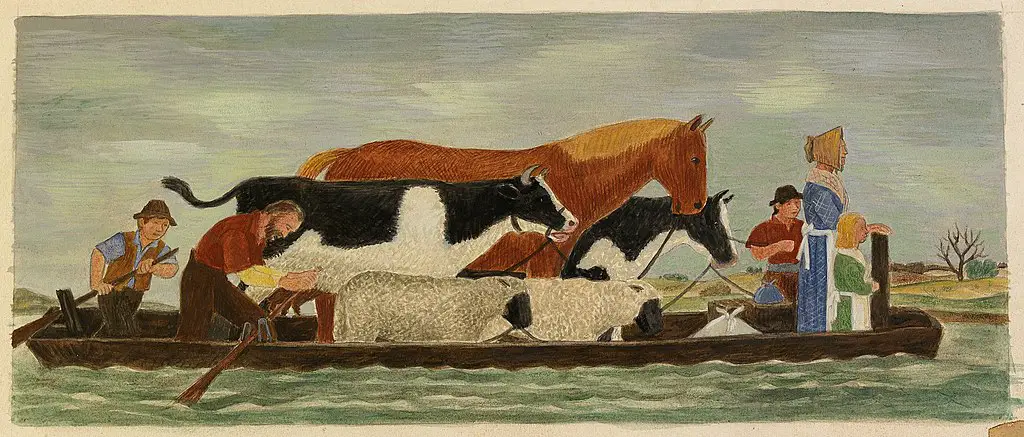
German settlers played a significant role in Michigan’s history and civilization. During the 19th century, many Germans settled in Michigan, especially in the southeastern portion of the state. They brought their tongue and cultural practices with them, establishing German-speaking societies and contributing to the state’s industrial and agricultural growth.
Scandinavian Languages
Michigan also has a Scandinavian influence, especially from Danish, Swedish, and Norwegian emigrants who settled in the Upper Peninsula and other areas. These immigrants founded communities and kept their languages and cultural customs, although their use has decreased over time.
Polish
Polish immigrants have made considerable contributions to Michigan’s cultural and linguistic environment. Polish communities can be found in cities like Hamtramck, Detroit, and other parts of southeastern Michigan. Polish-language newspapers, communities, and cultural institutions have helped sustain Polish heritage in the state.
Arabic
Michigan is home to a powerful Arab-American population, primarily of Yemeni, Lebanese, Iraqi, and Palestinian descent. Arabic is spoken in many homes and companies, particularly in cities like Dearborn, which has one of the biggest concentrations of Arab Americans in the US.
To Summarize Michigan’s Language Heritage
Language is closely connected to cultural identity. The vocabulary or language spoken by a community often reflects their shared past, values, traditions, and customs. It fosters a sense of belonging and individuality within a particular cultural group, contributing to the protection and continuance of their heritage. The above are just a few examples of the diverse language heritage in Michigan. The state’s linguistic landscape persists in evolving as new populations of immigrants and artistic impacts shape its linguistic variety. Michigan’s past as a melting pot of different cultures and societies has shaped its cultural diversity, with various languages and traditions continuing to affect and improve the state’s heritage.
Discover more from Thumbwind
Subscribe to get the latest posts sent to your email.

